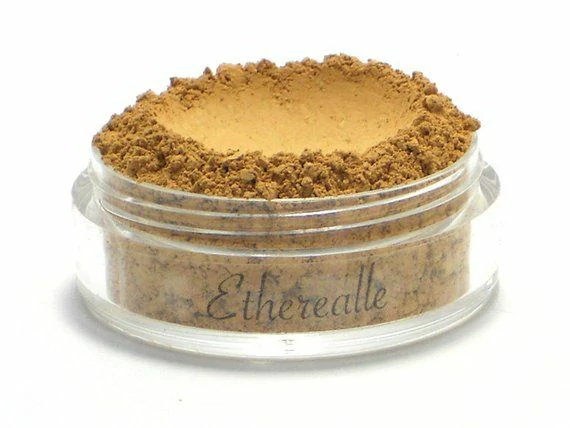Mesoporous hexagonal boron nitride ceramic powder, also known as h-BN, is a fascinating material that has gained significant attention in recent years. With its unique structure and properties, it holds great potential for various applications in fields such as electronics, catalysis, and energy storage.
One of the remarkable features of mesoporous h-BN ceramic powder is its high surface area due to the presence of nanoscale pores within its structure. These pores allow for increased adsorption and provide a large active surface area for chemical reactions. This property makes mesoporous h-BN an excellent candidate for catalyst support materials. It can enhance the catalytic activity and stability of a wide range of catalysts, leading to improved efficiency and selectivity in chemical reactions.
In addition to its catalytic applications, mesoporous h-BN ceramic powder also shows promise in the field of energy storage. Its high surface area and mesoporous structure enable efficient electrolyte penetration and ion diffusion, facilitating fast charging and discharging rates in energy storage devices. Furthermore, the stable chemical and thermal properties of h-BN make it an ideal material for high-temperature applications, where conventional energy storage materials often fail.
Another notable application of mesoporous h-BN is in electronics, particularly in the development of high-performance electronic devices. Its excellent thermal conductivity and electrical insulation properties make it suitable for heat dissipation and electrical isolation in electronic components. Moreover, the mesoporous structure allows for efficient heat transfer, reducing the risk of device failure due to overheating.
Researchers are also exploring the potential of mesoporous h-BN ceramic powder in biomedical applications. The biocompatibility and chemical stability of h-BN offer opportunities for its use in drug delivery systems, tissue engineering, and bioimaging. The mesoporous structure can be utilized for controlled drug release, enhancing the therapeutic efficacy and reducing side effects.
Despite the numerous advantages and potential applications of mesoporous h-BN ceramic powder, there are still challenges to be overcome. The synthesis of mesoporous h-BN with controlled pore size and distribution remains a complex task. Additionally, the scalability of the production process needs to be addressed to meet the growing demand for this material.
In conclusion, mesoporous hexagonal boron nitride ceramic powder holds great promise in various fields due to its unique structure and properties. Its high surface area, thermal conductivity, electrical insulation, and chemical stability make it suitable for catalysis, energy storage, electronics, and biomedical applications. However, further research and development are needed to unlock its full potential and address the existing challenges. With continued exploration and innovation, mesoporous h-BN could revolutionize numerous industries and contribute to technological advancements in the future.
.webp)
